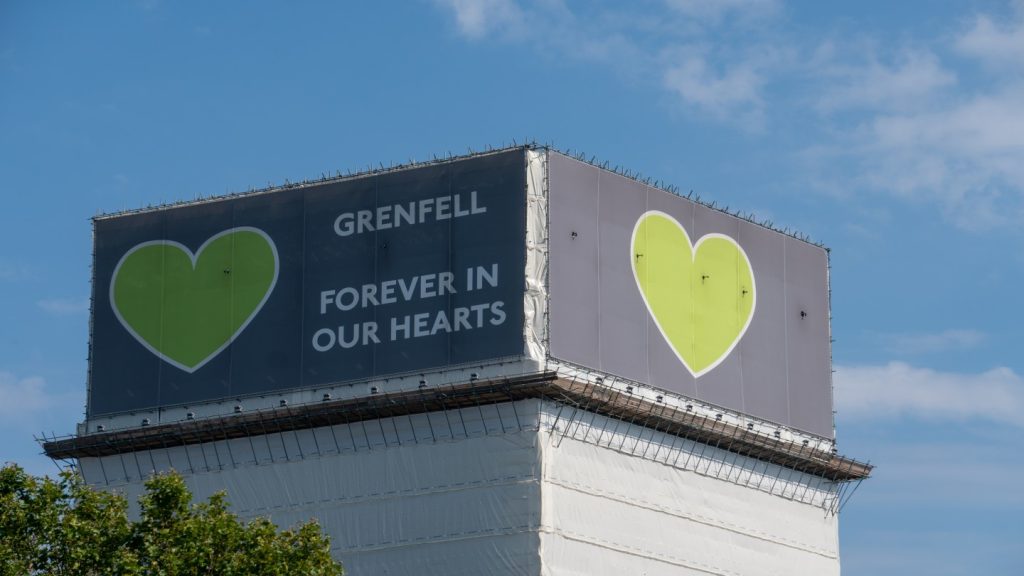The Grenfell Inquiry’s final report has been released, outlining a series of systemic failures across both the government and the private sector that contributed to the Grenfell Tower fire tragedy.
The 2017 fire at the tower located in London, UK, resulted in 72 deaths, with the combustible cladding material and insulation identified as the key factor in the fire’s rapid spread.
The inquiry has been led by the Court of Appeal of England and Wales' retired judge Martin James Moore-Bick.
Phase one of the inquiry, published on 30 October 2019, investigated the events of 14 June 2017, focusing on how the fire originated, escaped the initial flat, and spread throughout the building.
Phase two explored the underlying causes, examining where errors were made.
The report has concluded that the Grenfell fire was the result of longstanding failures by central government and industry bodies to address the risks associated with using combustible materials in high-rise buildings.
It notes that despite receiving warnings between 2012 and 2017 about the dangers of polymeric insulation and aluminium composite panels with unmodified polyethylene cores, no action was taken to update guidance in Approved Document B.
Contractors and the Tenant Management Organisation (TMO) responsible for social housing in the Royal Borough of Kensington and Chelsea were found to have managed the project poorly.
There was a breakdown in trust and communication between the TMO and residents, leading to a failure in fulfilling responsibilities.
Additionally, architect Studio E, principal contractor Rydon, and cladding subcontractor Harley Facades were noted for their lax approach to contractual obligations.
The report states that the three either misunderstood the scope of their duties or failed to give them proper attention, further contributing to the incident.
It recommends that the government should consolidate all construction industry functions under a single regulator to avoid another incident.









